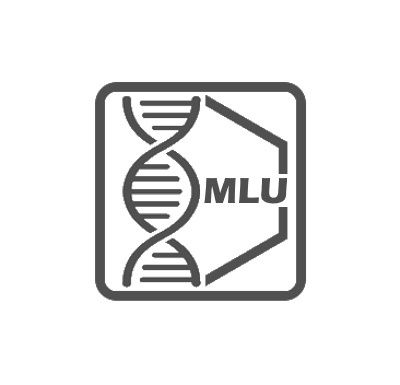Klaus Pillen
Prof. Klaus Pillen

Institute of Agricultural and Food Science/Plant Breeding
Betty-Heimann-Straße 3
06120 Halle (Saale)
phone: +49 (0) 345-55 22680
klaus.pillen@landw.uni-halle.de
Ioanna-Pavlina Nedelkou

PhD student
Localization and verification of wild wheat genes controlling 16 traits of agronomic relevance
through nested association mapping
The nested association mapping (NAM) design was recently implemented by Yu et al. (2009) and McMullen et al. (2009) in order to tap into the wealth of genetic diversity which is available for modern elite varieties. The NAM design applies a structured multi-family association mapping approach to localize quantitative trait loci (QTLs) regulating the expression of a quantitative phenotype. The elegance of the method was recently demonstrated in a Science paper where the genetic architecture of the trait flowering time was successfully dissected in maize using a set of 5,000 NAM lines, which were derived from 25 initial crosses (Buckler et al. 2009).
During the course of our NAM project, we aim to characterize the first NAM population in wheat. Our wheat NAM population, HEW-2, consists of 399 BC2S3 individuals, developed from two crosses of a synthetic wild wheat accession as the donor of genetic variation with two spring wheat cultivars as recipients. The HEW-2 population will be utilized to identify and characterize exotic genes which participate as QTLs in the regulation of quantitative agronomic traits. For genetic characterization, the NAM population will be genotyped genome-wide with the newly developed wheat 90k ILLUMINA SNP chip, which is an extraordinary mapping tool, so far not available for wheat genetic studies. The phenotypic characterization of the HEW-2 population has already been conducted in a previous project (GABI-WHEAT, 2003-2006). During that time, 16 quantitative traits, belonging to the trait complexes yield (10x), grain quality (3x) and pathogen resistance (3x) have been simultaneously evaluated in field experiments for the 399 NAM lines under two nitrogen treatments and across up to eight environments in Germany.
After SNP genotyping has been finished, both data sets will be combined in order to localize QTLs which are associated with the phenotypic expression of the traits under study. For this goal, an association mapping study will be carried out as proposed in maize (Buckler et al 2009). Based on our previous findings in barley and wheat (Pillen et al. 2003, Kunert et al 2007, Naz et al. 2008), we expect to identify a multitude of new wild wheat alleles which may improve agronomic performance in wheat. Upon statistical identification of the QTLs, the effects will be validated in segregating offspring. At the end of the project, validated exotic alleles can be incorporated into elite breeding programs in order to improve and broaden the genetic base of our modern elite wheat gene pool.




